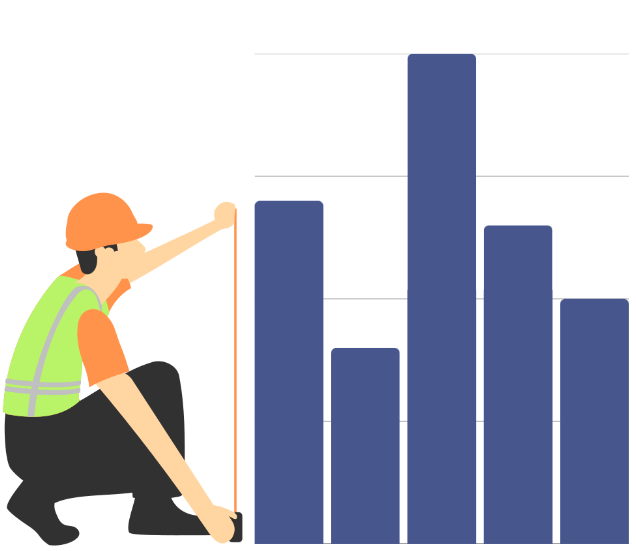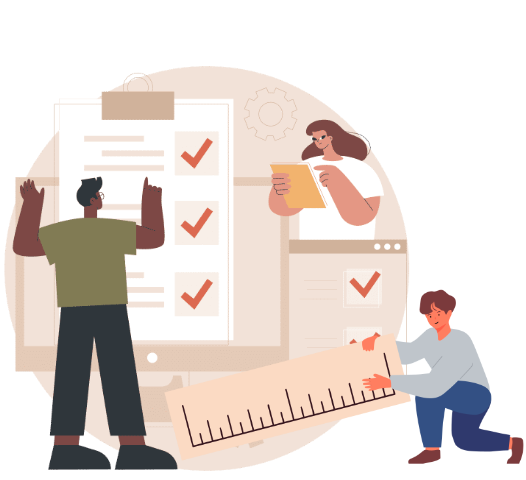Measurement bias
Conquering Data Bias

Konstantinos Kattidis
Data Analytics Lead
Understanding measurement bias
It occurs when the measurement procedure introduces distortions or misleading outcomes
Common bias types include:
- Instrument bias
- Observer bias
- Recall bias
- Social desirability bias

Instrument bias
It occurs when the tools used to measure variables, such as surveys or analytics software, introduce inaccuracies
- For example:
- An analytics software failing to accurately capture certain user behaviors or attributes
- Poorly designed survey questions causing biased respondents answers

Observer bias
It's the systematic difference between what is observed due to variation in observers, and the true value
It arises when data collectors bring their own biases or expectations into the analysis
For example:
- Researchers observing classroom behavior but have preconceived notions about what constitutes "engagement"
- Personal biases in performance evaluations

Recall bias

It occurs when participants inaccurately remember past events or experiences, affecting data reliability
- It is common when customers provide feedback on past experiences or preferences
- It can be due to various factors such as memory decay, or external influences
Social desirability bias

It occurs when respondents provide answers they believe are socially acceptable or desirable, rather than truthful responses
- In customer satisfaction surveys, respondents may exaggerate positive experiences to avoid appearing critical or negative
- In employee feedback surveys, respondents may inflate their ratings to maintain a favorable image within the organization
Impact of measurement bias

- It adheres to the principle of "garbage in, garbage out"
- Inaccuracies in measurement methods leads to flawed data inputs
- It inevitably results in unreliable outputs and flawed decision-making
Let's practice!
Conquering Data Bias

